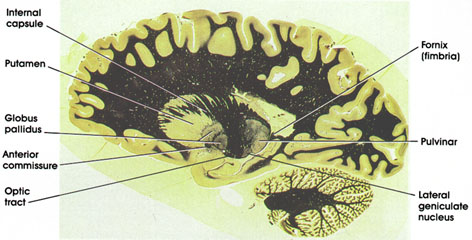

Plate 17.360 Section through Lenticular Nucleus and Lateral Geniculate Nucleus
Ronald A. Bergman, Ph.D., Adel K. Afifi, M.D., Paul M. Heidger,
Jr., Ph.D.
Peer Review Status: Externally Peer Reviewed

Human, 10% formalin, Weigert's hematoxylin (Loyez), 1 x.
Internal capsule: A major fiber pathway carrying fibers from and to the cerebral cortex.
Putamen: One of the basal ganglia nuclei, concerned with motor control. Note relationship to globus pallidus.
Globus pallidus: Another of the basal ganglia nuclei. The two components of globus pallidus are shown in this section, an outer and an inner component. Note the difference in appearance of globus pallidus and putamen. Globus pallidus is characteristically traversed by heavily myelinated fiber bundles.
Anterior commissure: Compact fiber bundle inclose proximity to globus pallidus. interconnects the olfactory bulbs and the temporal cortices.
Optic tract: A bundle of heavily myelinated fibers conveying impulses from the retinae to the lateral geniculate nucleus as well as to the pretectal area.
Lateral geniculate nucleus: One of the thalamic nuclei. Concerned with visual functions. Receives fibers from the optic tract and projects to the primary visual cortex via the geniculocalcarine fiber pathway.
Pulvinar: One of the lateral group of thalamic nuclei. Has reciprocal connections with the medial and lateral geniculate bodies caudally and the association parietal, temporal, and occipital cortices rostrally. Involved in several neural functions, including vision, audition, speech, and pain.
Fornix (fimbria): Outflow tract from the hippocampus. When traced posteriorly on the floor of the inferior horn of the lateral ventricle, the fimbria continues as the crus of the fornix, which begins beneath the splenium of the corpus callosurn (see Plates 362, 363 and 364). The fornix connects the hippocampus with several brain regions, including the mamillary body, anterior thalamic nucleus, septal nuclei, and cingulate gyrus.
Next Page | Previous Page | Section Top | Title Page
Please send us comments by filling out our Comment Form.
All contents copyright © 1995-2025 the Author(s) and Michael P. D'Alessandro, M.D. All rights reserved.
"Anatomy Atlases", the Anatomy Atlases logo, and "A digital library of anatomy information" are all Trademarks of Michael P. D'Alessandro, M.D.
Anatomy Atlases is funded in whole by Michael P. D'Alessandro, M.D. Advertising is not accepted.
Your personal information remains confidential and is not sold, leased, or given to any third party be they reliable or not.
The information contained in Anatomy Atlases is not a substitute for the medical care and advice of your physician. There may be variations in treatment that your physician may recommend based on individual facts and circumstances.
URL: http://www.anatomyatlases.org/